

CarExpert.com.au
The CarExpert team's favourite cars of 2025
7 Hours Ago

News Editor
Chery will announce pricing and warranty information before the end of this year as part of a ‘soft’ launch, but a formal relaunch for the brand is now set for February 2023.
The company says it’s still building its local team and is looking to establish a network of 40 dealerships, though it says over 60 dealers have expressed interest.
Chery’s first model will be the Omoda 5 small SUV, which has already been approved for sale by the Australian Government in turbocharged 1.5-litre four-cylinder guise.
The Omoda 5 range will grow next year with a more powerful 1.6-litre turbo and a “new energy” variant. Chery has confirmed it will be either a plug-in hybrid or a battery-electric model, but that it won’t introduce both.
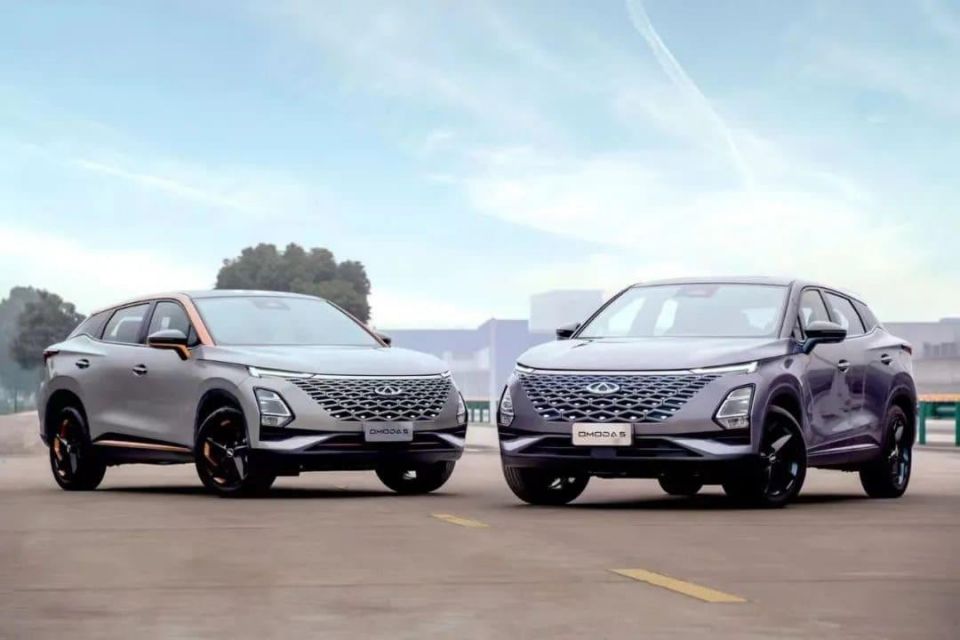
The Tiggo 7 Pro and Tiggo 8 Pro – which won’t wear Gemini badging, as had been reported elsewhere – will arrive around October or November of next year.
While Chery says it will introduce numerous products next year, it’s not bringing over its entire Chinese model range. For example, it ruled out the small Tiggo 4 Pro as not suitable for Australia.
Chery had previously confirmed it would relaunch in Australia in late October or November of this year.
This time around it will have a factory-backed operation, unlike its last stint in Australia when it sold cars through independent distributor Ateco.

The company said earlier this year it plans to become a top 10 brand here by 2026, but won’t position itself as a budget brand.
“We will not be labelled as a Chinese brand that is cheap… we want to be a technology-driven company,” Chery International executive vice president Charlie Zhang told CarExpert earlier this year.
“We want to go to Australia with a brand new image… where customers remember Chery because of technology, because of design, because of the quality of the cars.”
Local pricing and specifications for the three-model range have yet to be confirmed, but Chinese-market spec sheets give us an idea of what could be offered locally.

A single Omoda 5 variant is listed in government approval documents, with a turbocharged 108kW four-cylinder engine mated with a continuously variable transmission.
18-inch alloy wheels are standard, while tare mass is 1393kg. The Omoda 5 isn’t currently rated to tow.
In the Chinese market, the Omoda 5 is offered with a choice of a turbocharged 1.5-litre four-cylinder engine with 115kW of power and 230Nm of torque or a 1.6-litre turbo with 145kW and 290Nm.
The former has a CVT and a torsion-beam rear suspension, while the latter upgrades to a seven-speed dual-clutch automatic and a multi-link rear. All Omoda 5s are front-wheel drive.

Plug-in hybrid and electric versions have been announced. The company previously confirmed it will enter production in September 2023 and will be introduced in Europe first ahead of its Australian launch, so we expect this to be the “new energy” variant Chery will introduce.
The Omoda 5 measures 4400mm long, 1830mm wide, 1588mm tall and rides a 2630mm wheelbase, which makes it particularly close to a Kia Seltos dimensionally.
It features between 292L and 360L of luggage space, and weighs between 1420kg and 1444kg.
It’ll be the smallest model in the local Chery range, slotting in under the Tiggo 7 Pro and Tiggo 8 Pro.
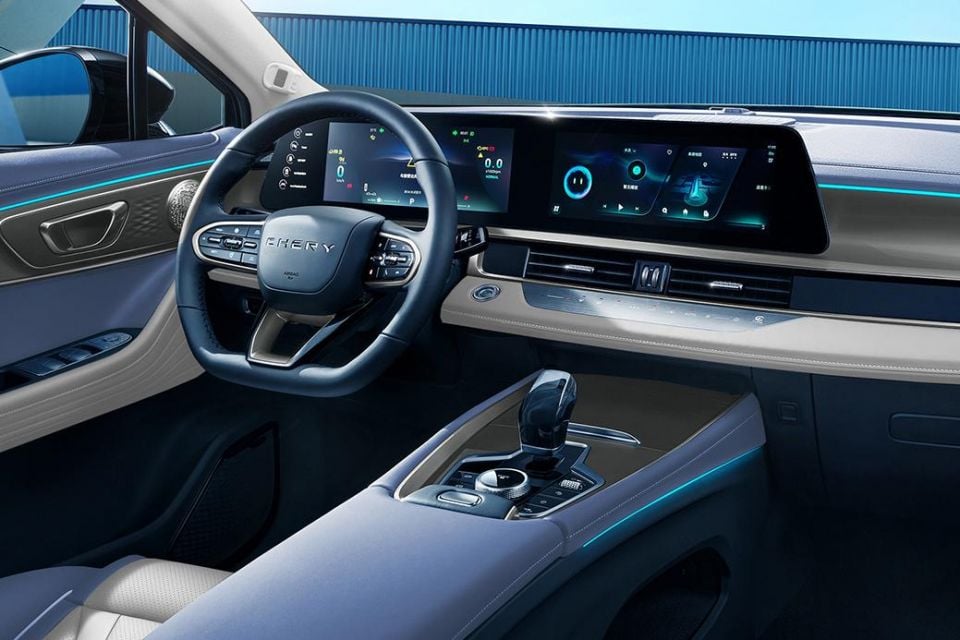
While the Omoda 5 wears a distinctive exterior design language, inside it has a similar look to its larger siblings and shares its 24.6-inch screen assembly with an infotainment touchscreen and a digital instrument cluster.
Chery says its cars will support over-the-air updates.
The company says the Omoda 5 is the brand’s first truly global model, simultaneously developed in left- and right-hand drive and benchmarked against the Mazda CX-30, Hyundai Kona and Toyota C-HR.
It also says it’s been engineered to achieve a five-star ANCAP rating. Indeed, Chery promises its latest cars are safer and higher quality than its models of yore like the ropey J1 hatchback.
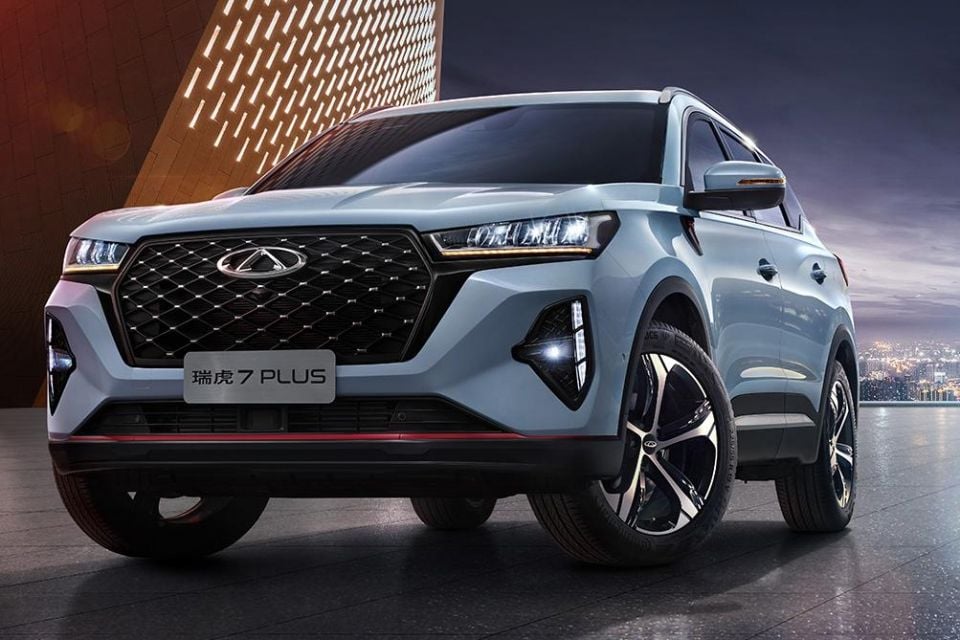
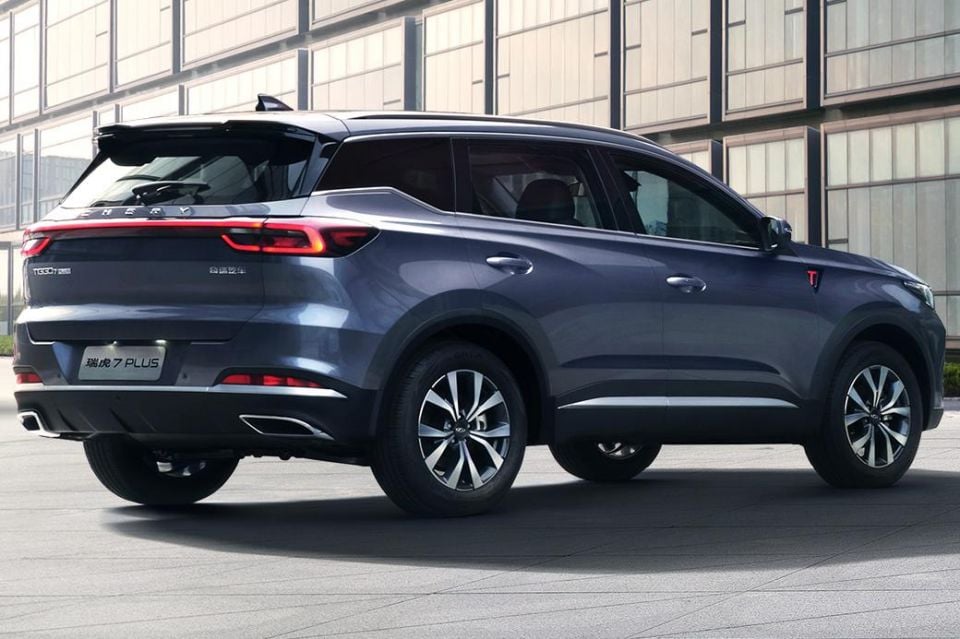
The Tiggo 7 Pro measures 4500mm long, 1842mm wide and 1746mm tall on a 2670mm wheelbase, and boasts between 475 and 1500L of luggage space.
Its external dimensions put it close to the Mitsubishi Eclipse Cross and Mazda CX-5 in size.
All Tiggo 7 Pros feature McPherson strut front and multi-link rear suspension and front-wheel drive.
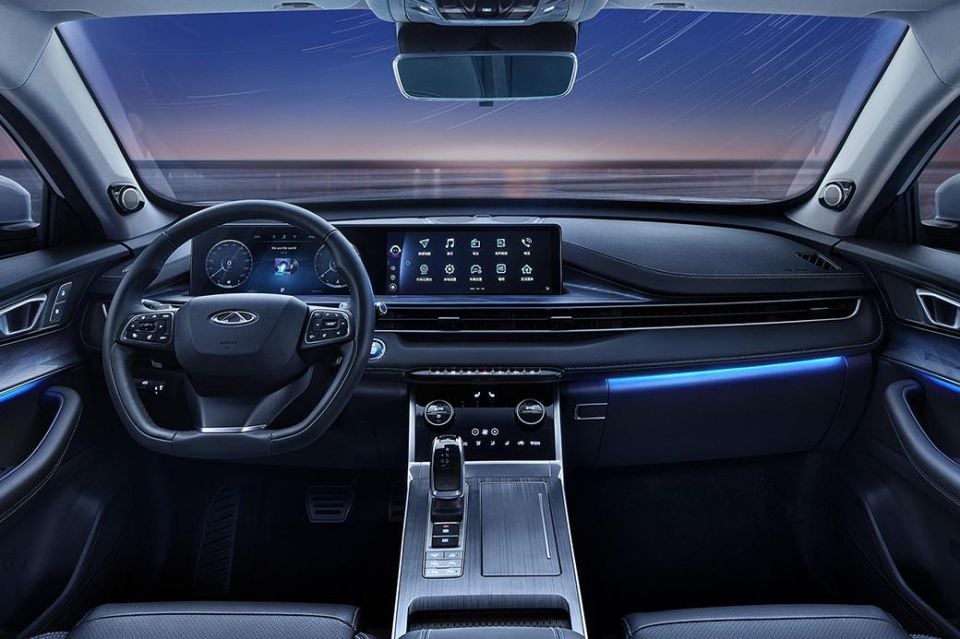
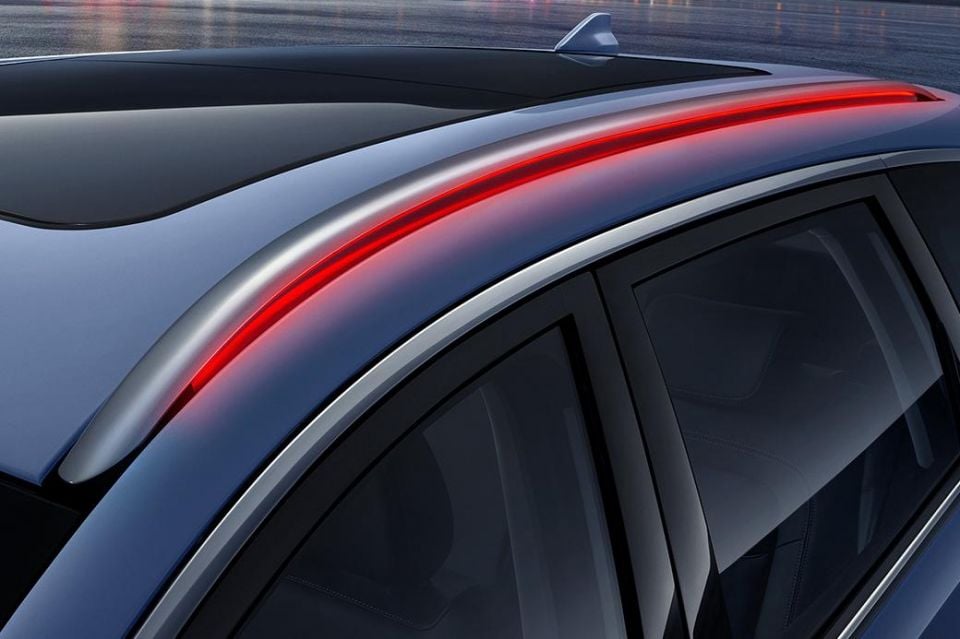
The base turbocharged 1.5-litre four produces 115kW and 230Nm, as in the Omoda 5, and is mated with either a six-speed manual or a CVT. With the latter, it has a kerb weight of 1465kg.
Stepping up to the 145kW/290Nm turbo 1.6-litre adds a seven-speed dual-clutch auto, plus 32kg of weight.
Matrix LED headlights are standard, as is a Sony-branded sound system, while available features power-adjustable heated front seats, a surround-view camera, panoramic sunroof, illuminated roof racks, and a full suite of active safety technology like autonomous emergency braking, adaptive cruise control, blind-spot monitoring, rear cross-traffic alert, and traffic jam assist.

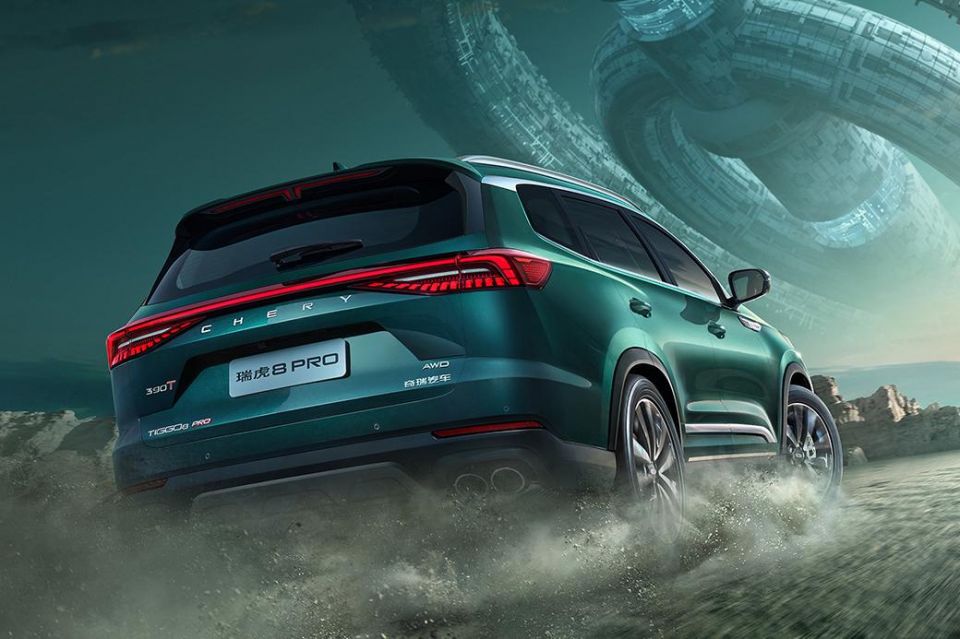
The Tiggo 8 Pro, available with either five or seven seats, measures 4745mm long, 1860mm wide and 1745mm tall on a 2710mm wheelbase. That makes it 35mm longer than a Mitsubishi Outlander but otherwise almost identical dimensionally.
Luggage space measures 193L with all three rows up, expanding to 889L and 1930L as you fold the two rearmost rows.
It offers a choice of front- or all-wheel drive, though all models feature McPherson strut front and multi-link rear suspension plus a seven-speed dual-clutch automatic.
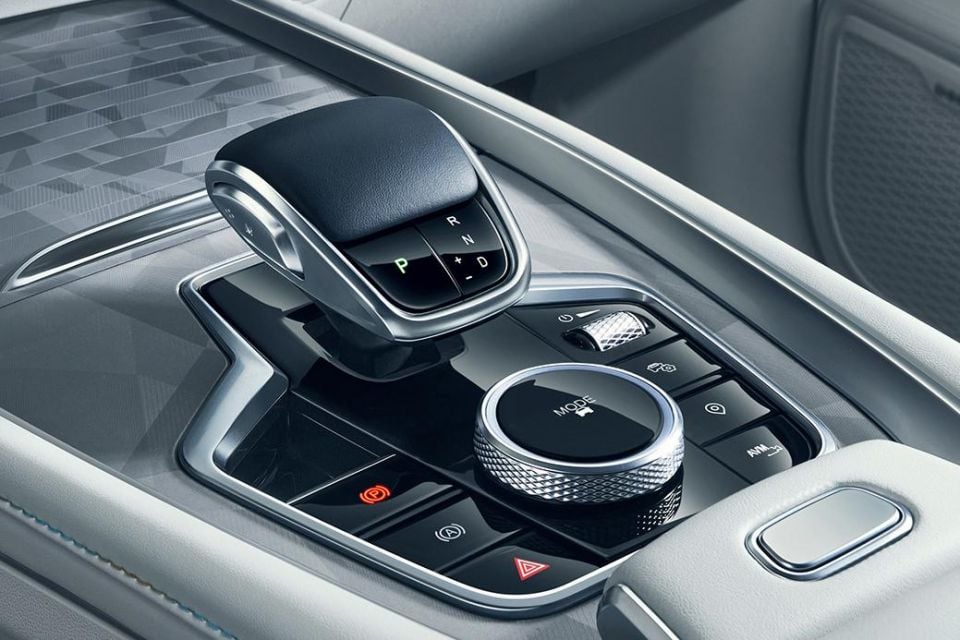
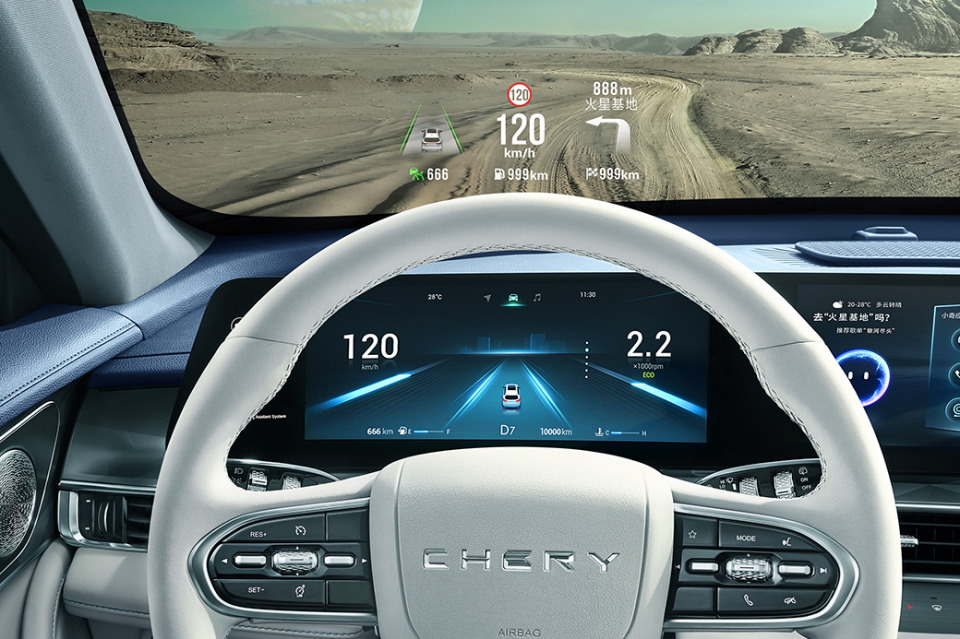
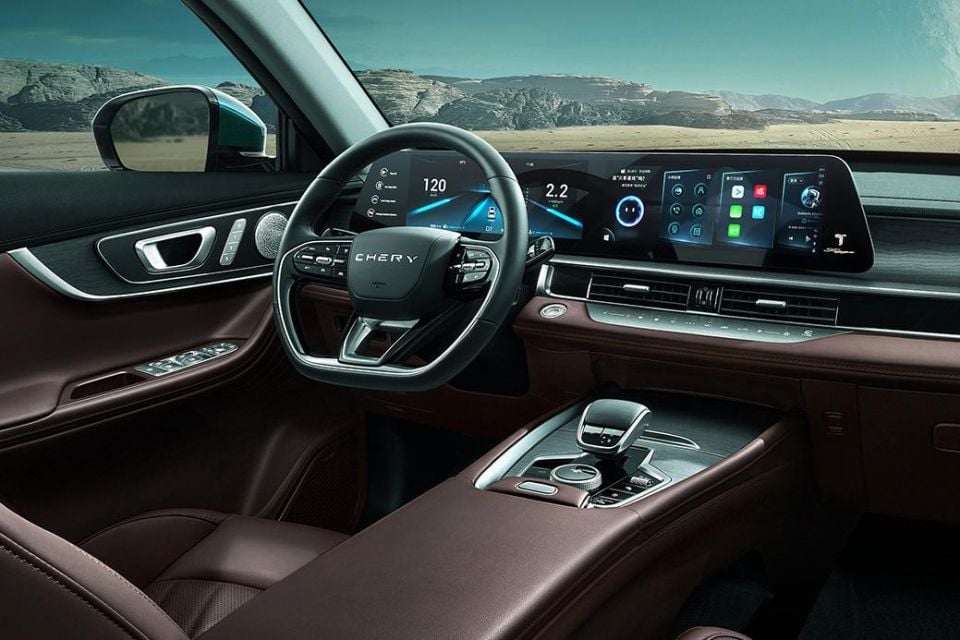
The base turbocharged 1.6-litre four produces 145kW and 290Nm, while an optional 2.0-litre turbo bumps outputs to 187kW and 390Nm.
Kerb weight ranges from 1581kg to 1741kg.
The same suite of active safety technology is available on the Tiggo 8 Pro in China, while additional features available in the mid-sized SUV include second-row side airbags, dynamic cornering lights, a panoramic sunroof, quad exhaust outlets, and heated, ventilated and massaging front seats.
MORE: How Chery plans to stand out in Australia MORE: Chinese brand Chery planning a ute, as Australian return nears MORE: Chery re-launching this year, seeks top 10 status by 2026
Where expert car reviews meet expert car buying – CarExpert gives you trusted advice, personalised service and real savings on your next new car.
William Stopford is an automotive journalist with a passion for mainstream cars, automotive history and overseas auto markets.


CarExpert.com.au
7 Hours Ago


Damion Smy
21 Hours Ago


Damion Smy
1 Day Ago


Damion Smy
1 Day Ago


Damion Smy
1 Day Ago


Damion Smy
1 Day Ago